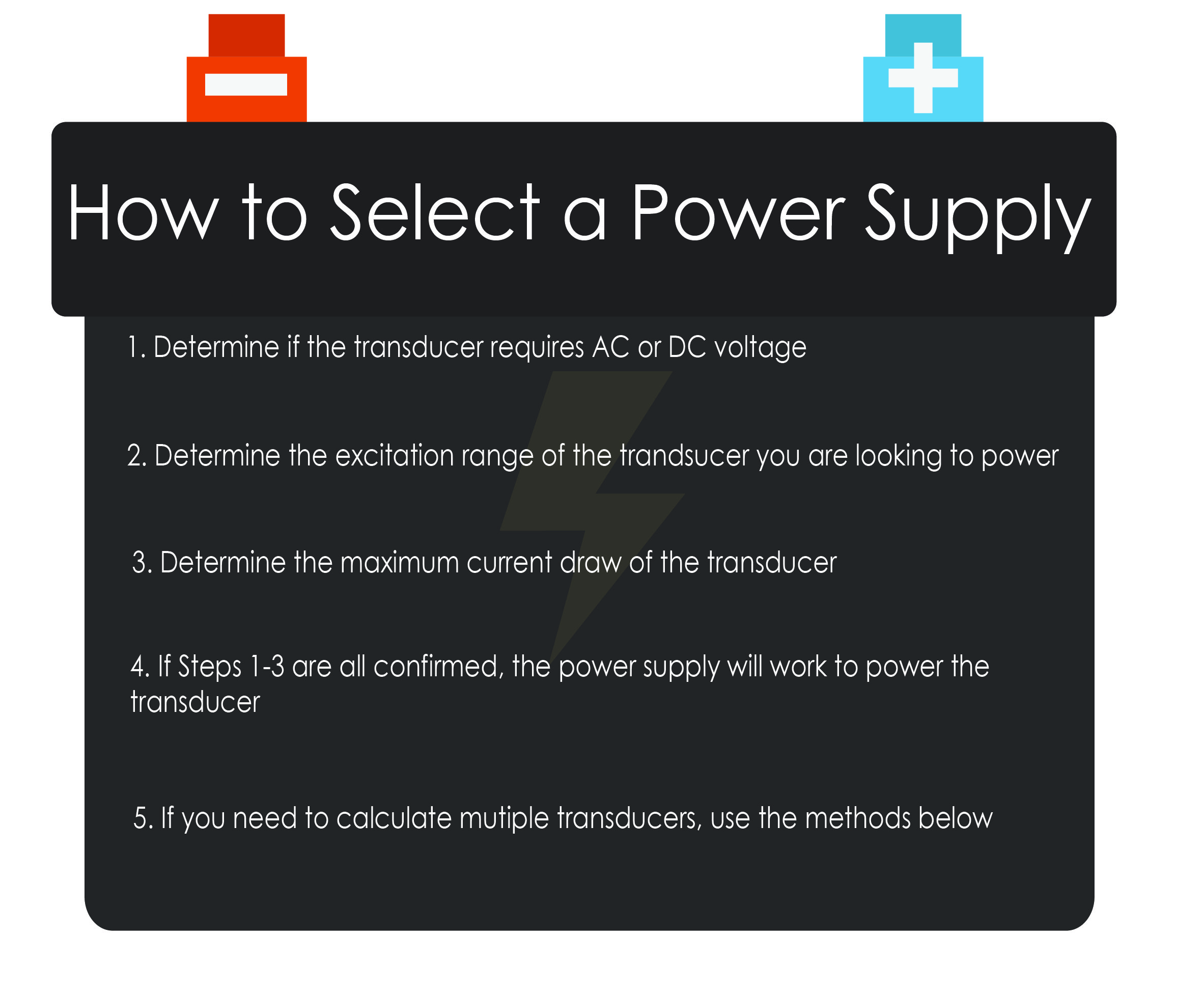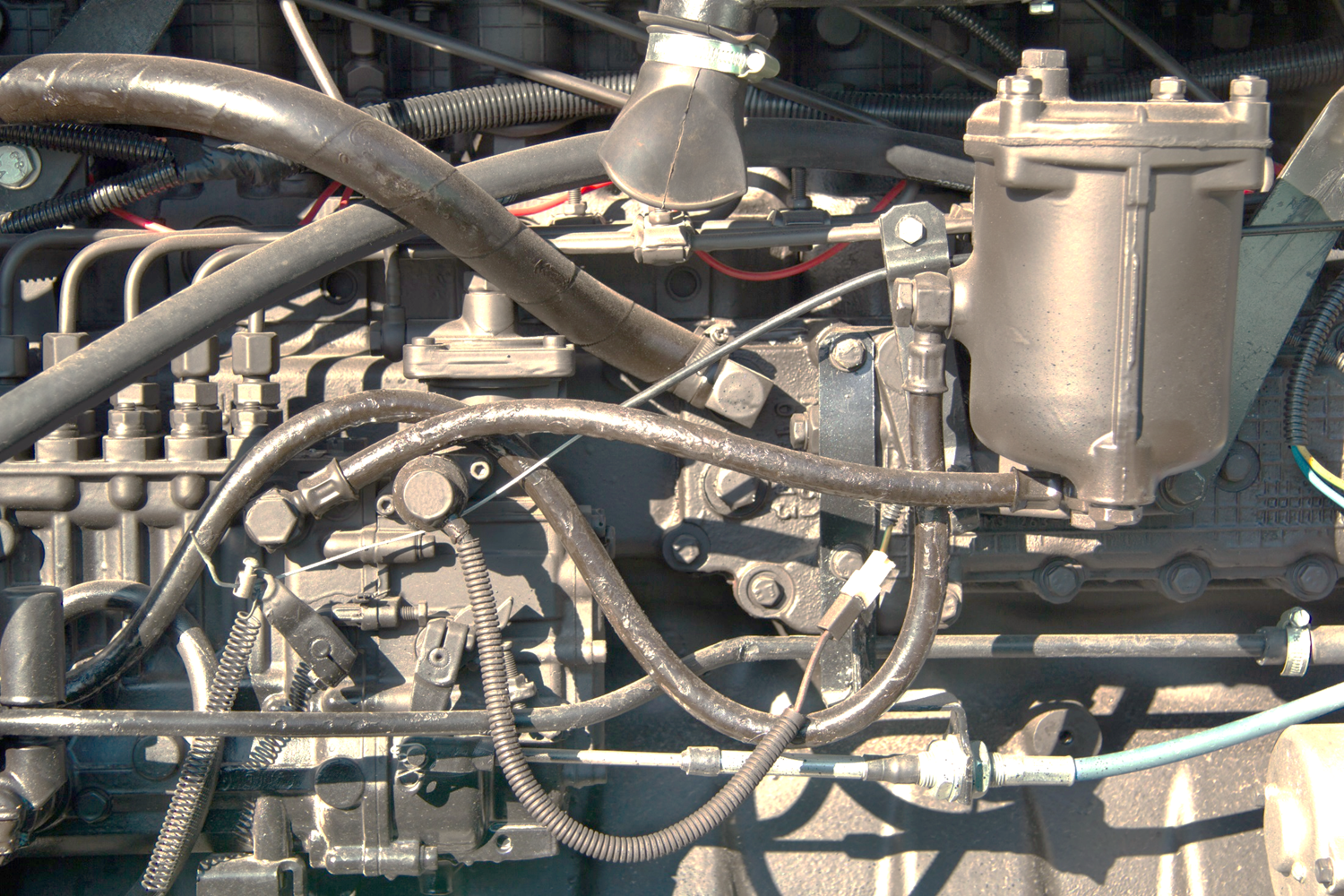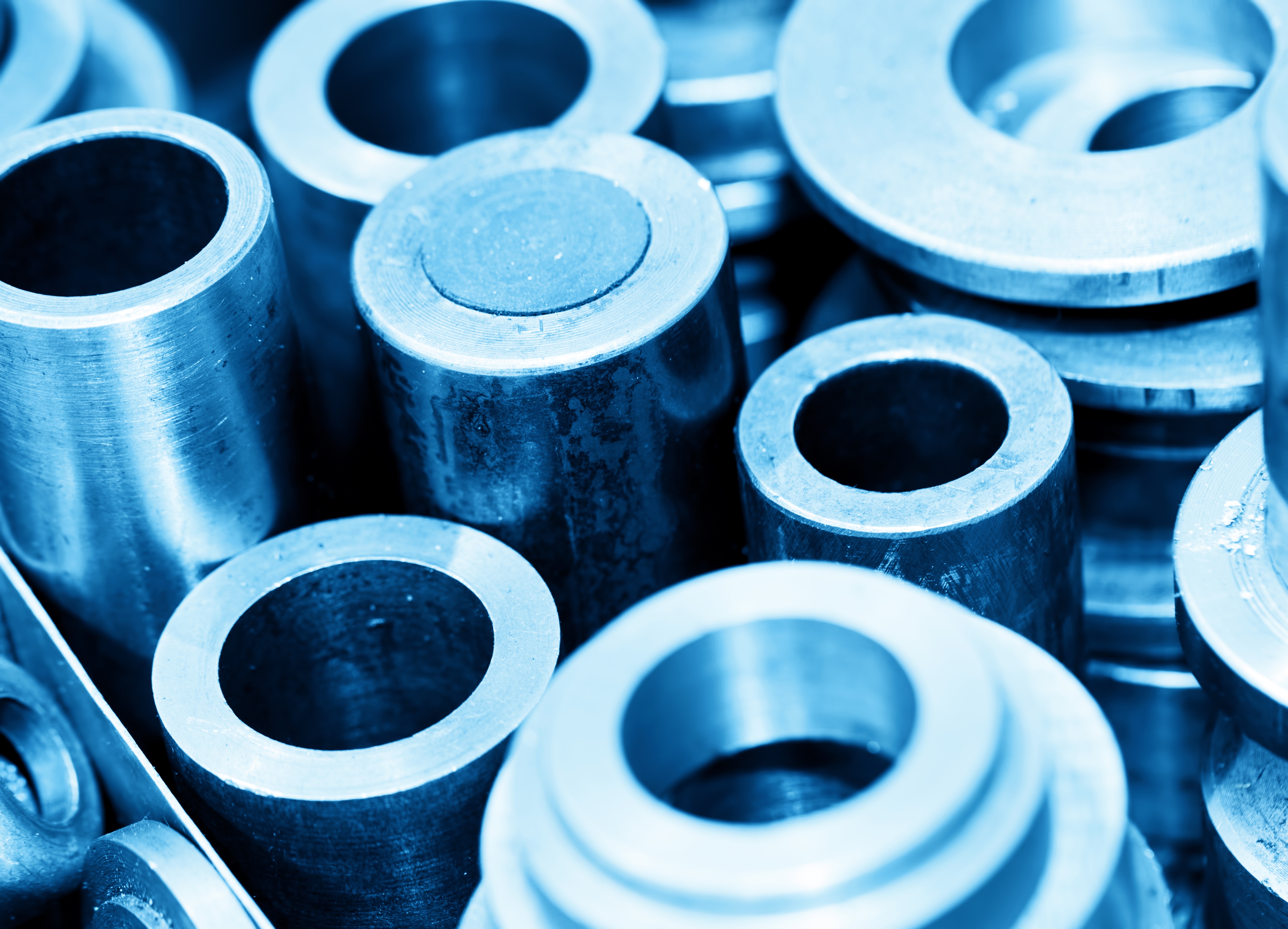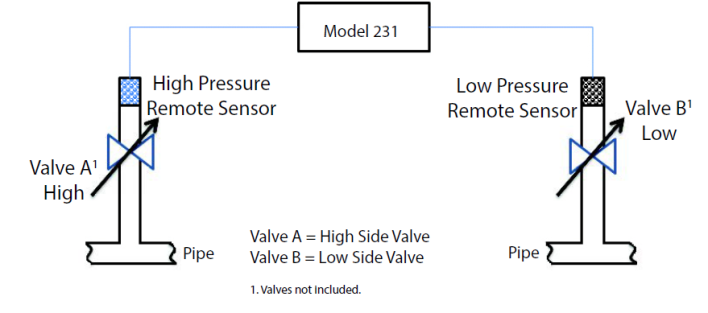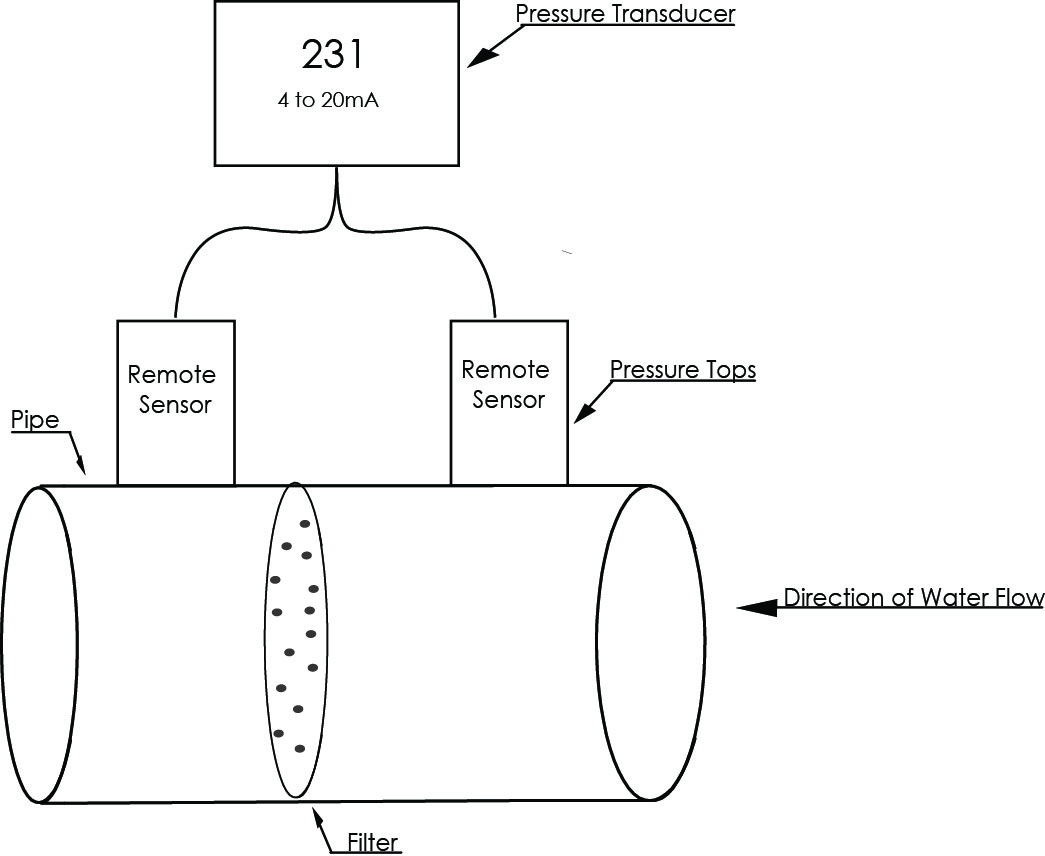Absolute pressure is measured relative to a full vacuum (0 PSIA = 14.7 PSIV). The electrical output of an absolute pressure transducer is 0 VDC at 0 PSIA and full scale output (typically 5 VDC) at full scale pressure (in PSIA). PSIA (pounds per square inch absolute) is a unit of pressure measured relative to a full vacuum. A vacuum can refer to any pressure between 0 PSIA and 14.7 PSIA.
Setra Blog
Low pressure measurements are required in various applications such as air flow, static duct and cleanroom pressures in HVAC and energy management systems (EMS). Other applications include use in medical instrumentation, environmental pollution control, boil combustion efficiency and a wide variety of research and development requirements. Although the focus will center mainly on air flow and pressure, the same principles
https://www.setra.com/products/pressure/model-asl-high-accuracy-pressure-transducerWith the growing requirements of building maintenance, HVAC systems are no longer able to meet demand operating alone. Whether it is a commercial, retail or industrial building, pressure sensors play a significant role in monitoring the building for occupants’ safety and comfort. When integrated with pressure technology, HVAC systems can operate at optimum levels as well as improve building maintenance. Three ways this can be done are:
After selecting your pressure transducer, it is now time to select a power supply. It is important to select the proper power supply to ensure all components are functioning properly and recording accurate data.
Although there are a variety of methods for leak detection, the most common is pressure decay. Other methods can be time consuming and costly, whereas pressure decay leak detection is a simple test that's sensitive to very small leaks. This method is ideal for high-volume industries that require quick accurate tests within their facility. By pressurizing the unit under test (UUT) and then removing it from the pressure source, any detection of pressure loss is a result of a leak within the UUT. Before performing a pressure decay leak detection test, make sure your system is properly setup. After the system is setup, follow the below steps to test the UUT with a differential pressure transducer.
In the test and measurement industry, manufacturers need to test the products they build. Pressure sensors are needed in test stands to measure pressure across various mediums, including air, fuel, coolant, gas. Testing can be expensive and having a reliable sensor eliminates costly downtime.
Material Compatibility refers to a material's resistance to corrosion, rust or stains when it comes in contact with a chemical.
Hydrogen is used as a process media across many different industries and applications. Used in OEM equipment, pressure sensors play an important role in the safe, efficient, and reliable operation in material handling equipment, power generation, hydrogen production/distribution and many other applications.
After understanding the difference between wet-to-wet, wet-to-dry and dry-to-dry differential pressure transducers, it is time to learn about the different types of sensors designed to measure wet-to-wet differential pressure. Wet-to-wet differential pressure sensors are broken into two main categories, true wet-to-wet differential pressure and calculated wet-to-wet differential pressure.
February 29, 2016
What is the difference between Wet-to-Wet, Dry-to-Dry, and Wet-to-Dry differential pressure transducers?
Differential pressure is the difference in pressure between two points of measurement. This is commonly measured in units of pounds per square inch differential (PSID) or in inches of water column (“WC). Devices for differential pressures usually fall into one of these three categories:
Subscribe to Our Blog!
Topics
- Critical Environments (182)
- HVAC/R (179)
- General Industrial (153)
- Building Automation (134)
- General Industrial OEM (92)
- Energy Management (85)
- Test and Measurement (66)
- HVAC/R OEM (58)
- Barometric (44)
- Alternative Fuels (42)
- Medical (40)
- Process/Mfg Tank Level (40)
- Water and Wastewater (39)
- OHV (38)
- Oil and Gas (35)
- Industrial Vacuum (29)
- Calibration (25)
- Semiconductor (25)
- Particle Counting (18)
- Cleanroom Monitoring (17)
- Room Pressure Monitoring (15)
- Trade Show (12)
- cleanroom environment (12)
- Scales (11)
- Power Monitoring (10)
- Environmental Monitoring (9)
- Healthcare (9)
- Power Meters (9)
- Software (9)
- cleanroom monitoring systems (9)
- Case Study (8)
- Humidity (7)
- critical environment technologies (7)
- data centers (7)
- particle counter (6)
- pressure transducers (6)
- hardware and software cleanroom monitoring systems (5)
- LITE room pressure monitor (4)
- setra lite (4)
- Compliance (3)
- Video (3)
- hospital spaces (3)
- FAQ & Troubleshooting (2)
- Monitoring Compounding Pharmacies (2)
- Semiconductor Manufacturing (2)
- agencies that monitor pharmacies (2)
- energy (2)
- hvac (2)
- laboratories (2)
- monitor compound pharmacy (2)
- protected environment (2)
- regulatory compliance (2)
- usp 797 (2)
- Current Sensors and Transducers (1)
- Current Transformers (1)
- Pressure (1)
- aerospace cleanrooms (1)
- cems (1)
- digital transformation (1)
- ipv6 multicast (1)
- ipv6 multicast address (1)
- ipv6 multicast address range (1)
- isolation room pressure monitoring (1)
- multicast address ipv6 (1)
- multicast ipv6 (1)
- operating room (1)
- pharma 4.0 (1)
- pressure sensor (1)
- pressure transducer companies (1)
- semi conductor (1)
- sensors and transducers (1)
- setra lite features (1)
- setra pressure transducers (1)
- submetering (1)
- sustainability (1)
- temperature monitor (1)
- temperature monitoring for pharmacies (1)
- transducers (1)
- usp 800 (1)
- water (1)
- what does hvac stand for (1)
- what is a transducer (1)
- what is hvac (1)




